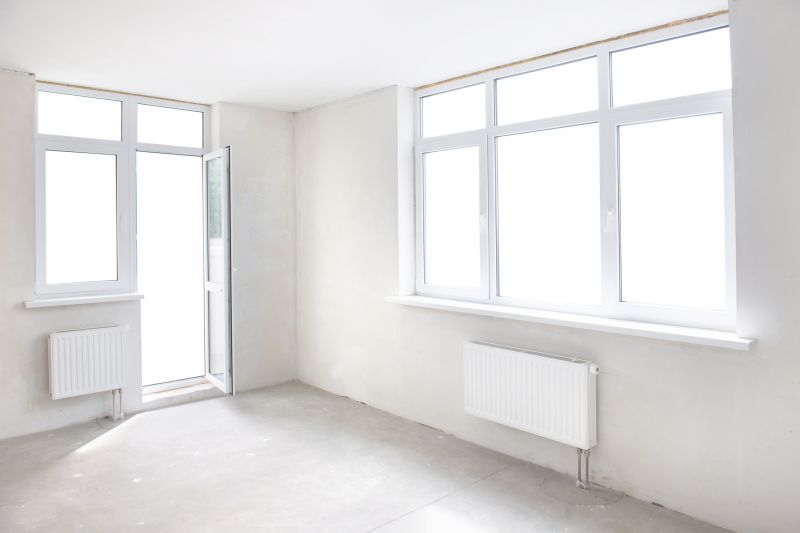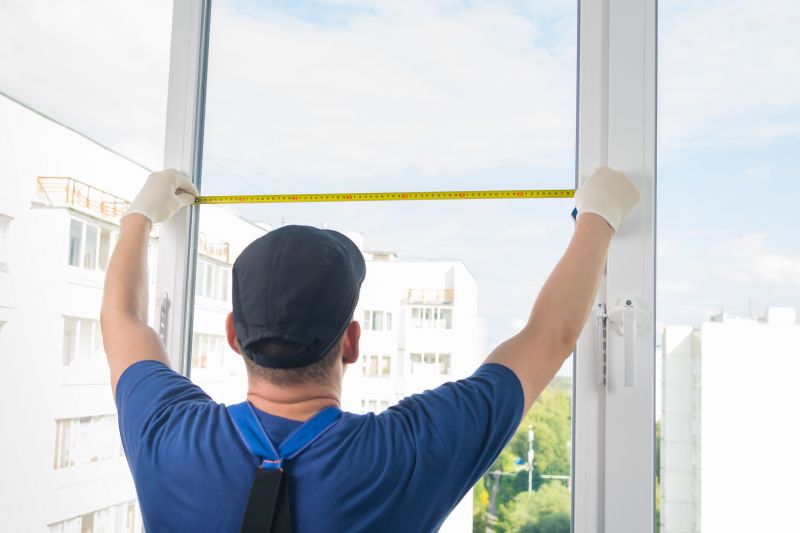Optimal Timing for Windows Installations
Determining the optimal time for Windows installations involves considering factors such as system readiness, workload schedules, and environmental conditions. Proper timing can minimize disruptions and ensure a smooth setup process. Typically, periods of low activity or scheduled maintenance windows are ideal for performing installations.
Early mornings or late evenings during weekdays are often preferred due to reduced user activity and fewer ongoing tasks.
Certain seasons, such as late fall or winter, may be more suitable in regions with extreme weather, reducing the risk of delays caused by weather disruptions.
Ensuring that hardware and software prerequisites are prepared in advance can help in scheduling installations during planned maintenance periods.
Scheduling during planned downtime or scheduled breaks minimizes impact on daily operations and productivity.

Technicians typically prepare the system, back up data, and execute the installation during scheduled windows.

Installing Windows in server environments often requires coordination during maintenance windows to avoid service interruptions.

Deploying Windows on multiple workstations is most efficient during low-usage hours.

Ways to make Windows Installations work in tight or awkward layouts.

Popular materials for Windows Installations and why they hold up over time.

Simple add-ons that improve Windows Installations without blowing the budget.
| Timing Aspect | Details |
|---|---|
| Weekday Mornings | Ideal for minimal user activity, reducing workflow disruptions. |
| Weekend Afternoons | Suitable for large-scale upgrades with minimal impact on daily operations. |
| Off-Peak Seasons | Late fall or winter may offer better scheduling options in certain regions. |
| Scheduled Maintenance Windows | Aligns with organizational policies to ensure system stability. |
| Pre-Deployment Planning | Preparation ensures smooth execution during chosen timeframes. |
Statistics indicate that scheduling Windows installations during off-peak hours can reduce operational disruptions by up to 70 percent. Additionally, organizations that plan installations during scheduled maintenance windows experience fewer support incidents and quicker recovery times. Proper timing also helps in minimizing user inconvenience and maintaining productivity levels.

Preparing hardware and backups is essential prior to Windows installation.

Verifying system stability and performance after installation ensures successful deployment.

Choosing the right method depends on system requirements and existing configurations.

Utilizing automation can improve scheduling and execution of installations.

High-end options that actually feel worth it for Windows Installations.

Finishes and colors that play nicely with Windows Installations.

Little measurements that prevent headaches on Windows Installations day.

A 60-second routine that keeps Windows Installations looking new.
Interested in scheduling a Windows installation? Fill out the contact form to get started.






